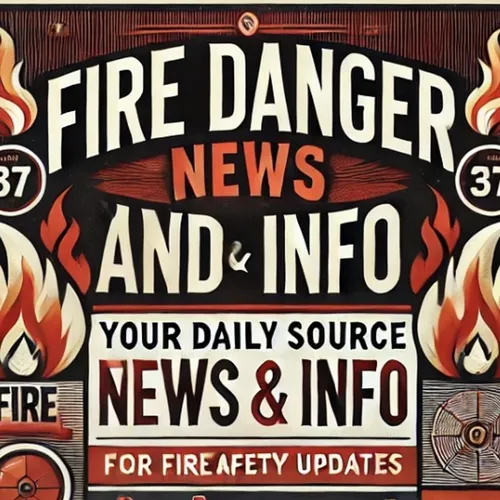Unlocking the Power of Fire Science: USGS Leads the Charge in Wildfire Management
- Author
- Quiet. Please
- Published
- Sat 28 Dec 2024
- Episode Link
- https://www.spreaker.com/episode/unlocking-the-power-of-fire-science-usgs-leads-the-charge-in-wildfire-management--63501808
Wildfires have become more frequent and destructive across the western United States, making fire science crucial in battling these blazes. The U.S. Geological Survey (USGS) plays an integral role in advancing our understanding and management of wildfires through innovative research and technology. Their work in fire science not only helps combat ongoing fires but also aids in predictive and preventive measures, ultimately reducing fire impacts on ecosystems and human communities.
Fire science encompasses a variety of research areas, including fire behavior, fire ecology, and the impacts of fires on landscapes and communities. The USGS employs cutting-edge technology, such as remote sensing and geographic information systems (GIS), to map and monitor fires in real-time. This enables first responders and land managers to make informed decisions swiftly, which can be critical in preventing the spread of a fire.
Further, USGS research delves into understanding fire regimes, which describe the patterns of fires that occur in a particular region based on frequency, size, and severity. By studying historical and current fire data, scientists can predict potential future fire scenarios and develop strategies for effective land management. This can lead to the design of landscapes that are more resilient to fire, such as by promoting the growth of less flammable vegetation.
An important aspect of USGS’s work is its collaboration with other agencies and stakeholders, such as the National Interagency Fire Center and local firefighting units. These partnerships enable the integration of research findings into practical firefighting and fire management policies. The shared goal is to not only fight fires more effectively but also to minimize the risk of fires occurring in the first place—particularly in vulnerable communities near wildland-urban interfaces.
Education and dissemination of fire science are also key components of the USGS mission. By visiting the USGS Wildland Fire Science webpage, the public can learn about how science is applied to real-world fire scenarios, showcasing success stories and providing resources for further understanding the complexities of wildfires. The site offers access to the latest research findings, maps, and data sets, making it an invaluable tool for those looking to engage with or contribute to fire science initiatives.
In summary, USGS’s commitment to fire science is a critical element in the fight against wildfires. Their research not only provides vital data for current firefighting efforts but also builds a foundation for reducing the impact of future fires. As climate change continues to influence fire patterns, the work of USGS and its partners is more important than ever in safeguarding both natural landscapes and the communities that depend on them.
